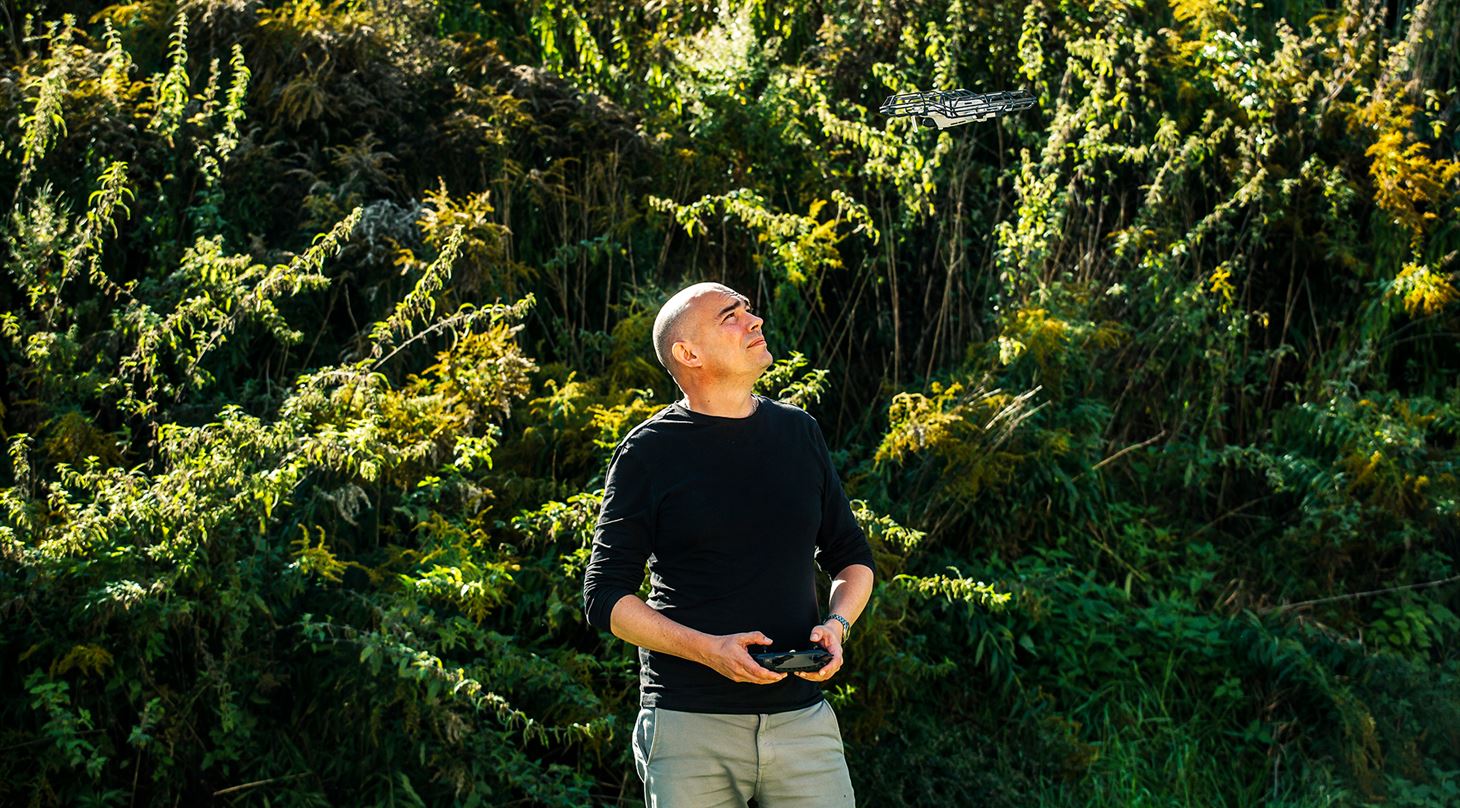
Three ways robots can contribute to the green transition
Robots can accelerate the green transition. The Danish Technological Institute points out three areas with special potential.
Robots and automation technology are hot topics in many industries, and development is going strong.
Technology is now so advanced that robots deliver solutions to many different parts of society. Especially in the industrial production one finds many of the technological helpers.
But robots are not only intended for those places where they can optimize production or remedy missing hands. In fact, robot technology can also contribute to the green transition.
Below, the Danish Technological Institute highlights some of the areas where robots can play an important role in creating a greener world.
1. Food production and agriculture
One of the places where robots according to the national robot strategy and DTI can promote the green transition is agriculture and food production.
Here, data collection and robot technology can achieve a high degree of predictability and precision and help to limit the need for chemical control and fertilizer in the field.
Automation and robot technology in food production and processing can also minimize food waste, as plants now handle more unequal products - for example, organic cabbage heads, which have a different size and variation compared to conventionally grown cabbage.
Note: English subtitles available in the YouTube player
There are opportunities in drone inspection of agriculture and automation of food processing and transportation. Packaging is another area in great development, where plastic is replaced by plant-based products, for example cardboard suction pipes, which requires a completely different flexibility in the production equipment.
A large degree of raw material variation has usually sounded bad on automation, but camera technology, artificial intelligence and collaborative robots are changing this picture, and we see more and more projects in food processing and commercial kitchens.
An example of a robot that contributes to the green transition in agriculture is the company FarmDroid's field robot. It is a self-propelled field robot powered by battery and solar cells for sowing and spray-free weed control in organic farms.
2. Waste management
Better resource utilization of materials, traceability and recycling of end-of-life devices are visions that robot technology is increasingly enabling.
And it is to a large extent these visions that apply when looking at a greener waste management.
Note: English subtitles available in the YouTube player
If you look, for example, at the construction sector, it accounts for about 40 percent of the waste produced in Denmark with a waste generation in 2019 of about five million tonnes (excluding land).
There are many benefits to automating waste management. And if you look at the sorting of waste in the construction industry, the robot technology can help to increase the sorting quality and thereby reduce the impurities in the waste fractions.
Recycling of materials is a general challenge in the construction industry. But cleaner fractions will mean that you can recycle the building materials to a much greater extent, which to that extent promotes the green transition.
It may be robotic technology that cleans building materials so that they can be used again. Or there may be artificial intelligence and camera technology that can automate the sorting of waste.
3. Energy
Focus on sustainability and climate means that in a short time we must produce many wind turbines and batteries, which must be assembled and disassembled in the long run for recycling.
The speed at which green electricity from solar cells and wind turbines is installed per year must more than tenfold by 2030 if we are to have a green energy supply and achieve the climate goals that have been set.
It will require a massive investment in factories and automatic plants, which must also be built, serviced, dismantled and recycled. Development of new production technologies - including robotic solutions - is therefore a prerequisite for meeting the requirement of sustainability.
Maintenance and efficient operation of existing wind farms is another area where robot technology makes a difference, for example with drones for monitoring, supply of spare parts or cleaning and inspection of wind turbine blades.